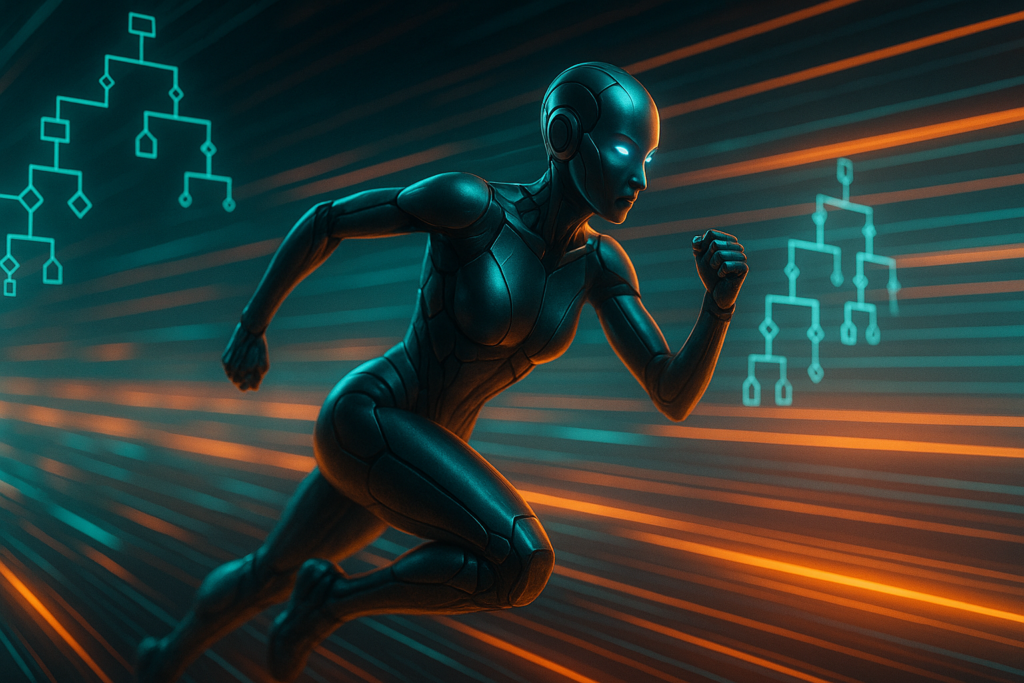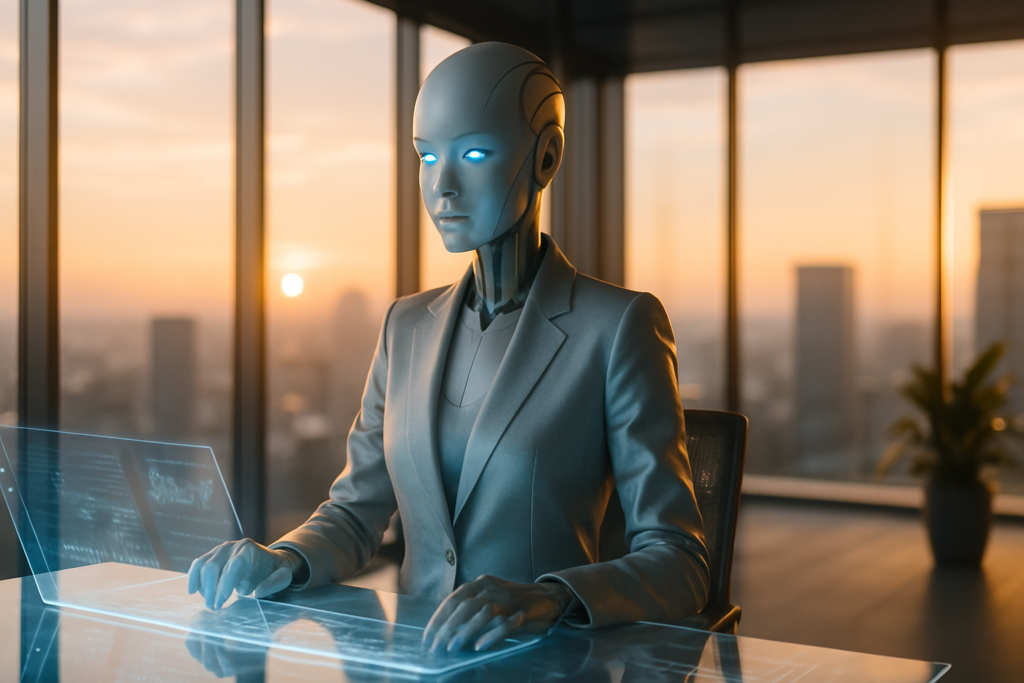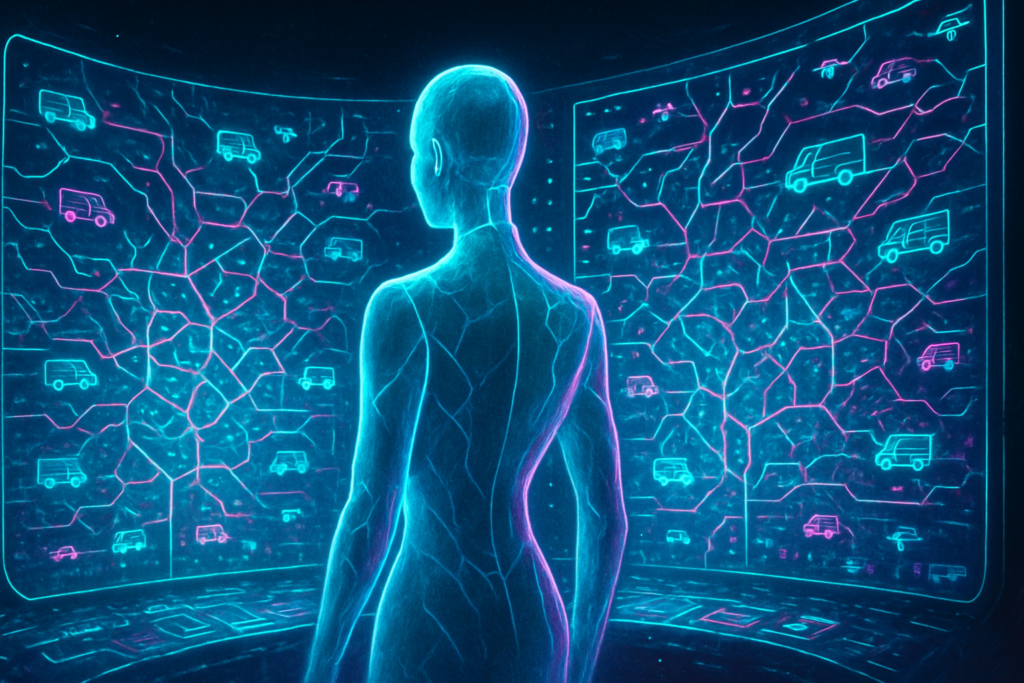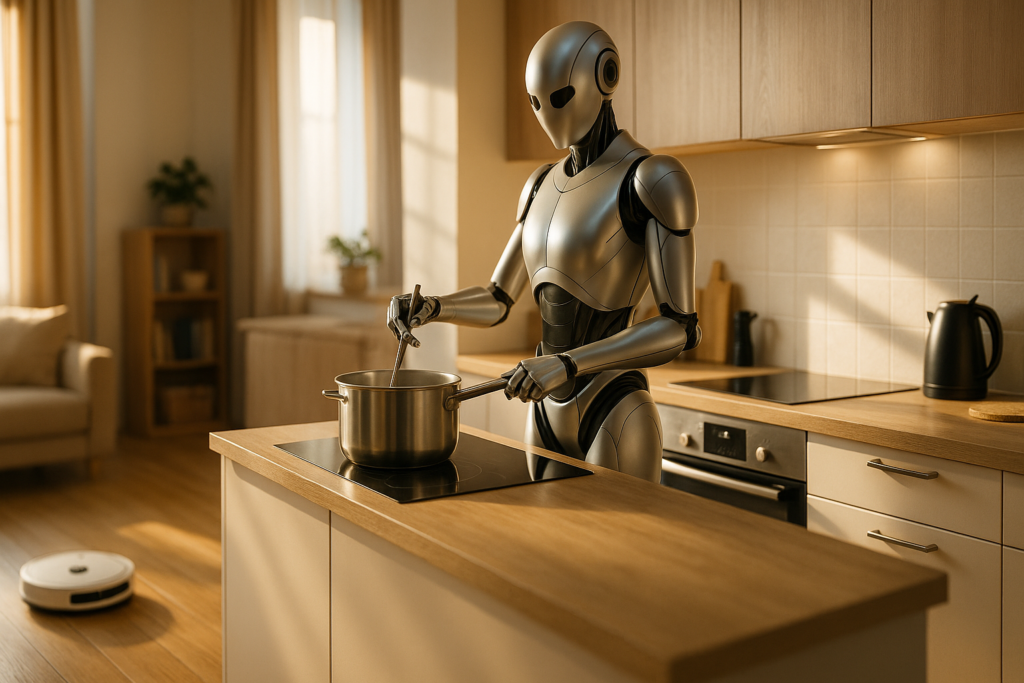
Imagine an AI assistant that not only listens but thinks, plans, and acts—freeing you to focus on what matters most. Agentic AI systems can set sub‑goals, adapt in real time, and learn continuously. Here’s how they’re reshaping enterprises and even your home.
Agentic AI
Agentic AI sometimes called autonomous AI agents represents the next leap in artificial intelligence. According to Gartner’s 2025 strategic technology report, these systems “can plan and take action to achieve goals set by the user,” effectively operating as a virtual workforce that augments human effort. They digest inputs (from data streams or sensors), autonomously decompose objectives into multi‑step plans, execute tasks across digital or physical environments, and learn from the outcomes.
Core Capabilities
- Goal‑Driven Planning Rather than requiring step‑by‑step instructions, agentic AI uses advanced planners often powered by reinforcement learning or symbolic reasoning—to break down complex objectives into executable subtasks.
- Real‑Time Adaptation By continuously monitoring contextual signals, these agents adjust plans on the fly, ensuring resilience in dynamic settings.
- Continuous Learning Loops Feedback loops enable agents to refine their decision models without manual retraining, leading to compounding efficiency gains over time.
- Collaborative Ecosystems Multiple specialized agents coordinate seamlessly, orchestrating end‑to‑end workflows with minimal human hand‑offs.

Redefining the Modern Workplace
Companies that have piloted agentic AI are seeing remarkable returns. A recent survey found that 62% of decision‑makers expect over 100% ROI on these investments averaging a 171% return and nearly half believe agents will surpass generative AI in impact on their operations. Gartner predicts that by 2028, at least 15% of routine business decisions will be made autonomously by AI agents.
Business Success Stories
- UPS’s ORION System: Saves 100 million driving miles annually, cutting \$300 million in logistics costs each year.
- Enterprise Investment: Large organizations are budgeting \$2.5 million+ this year for AI agents, with 10% allocating over \$5 million—demonstrating serious long‑term commitment.

Bringing Autonomy into the Home
The agentic AI wave won’t stop at the office. Within the next 12–18 months, consumer products from self‑navigating cleaning robots to AI chefs – will be capable of:
- Managing household routines (chores, restocking, family preferences).
- Enhancing well‑being (health reminders, emotion‑aware companionship, senior safety monitoring).
- Streamlining daily tasks (smart‑home orchestration for energy, security, and entertainment).
Ethical Guardrails and Best Practices
With greater autonomy comes greater responsibility. To keep AI agents aligned with human values and compliance needs, implement:
- Human‑in‑the‑Loop Checkpoints: Critical decisions are reviewed before execution.
- Explainability Frameworks: Agents surface their reasoning so stakeholders can understand “why.”
- Continuous Auditing: Monitor performance, bias, and privacy safeguards to catch unintended behaviors early.

Looking Ahead
Agentic AI is poised to shift humans from task executors to strategic overseers. By combining robust governance, transparent decision‑making, and continuous learning, both organizations and households can harness these autonomous systems to unlock unprecedented productivity and quality of life.
